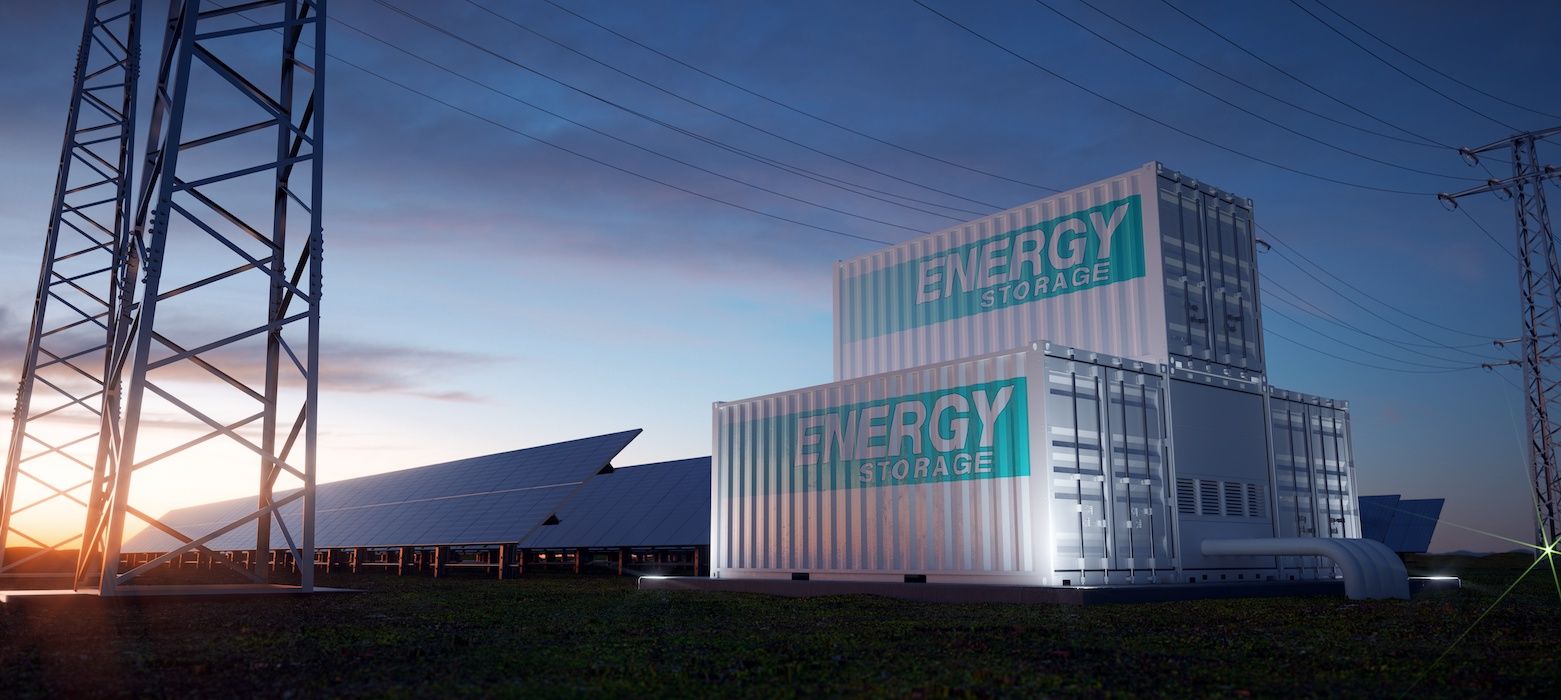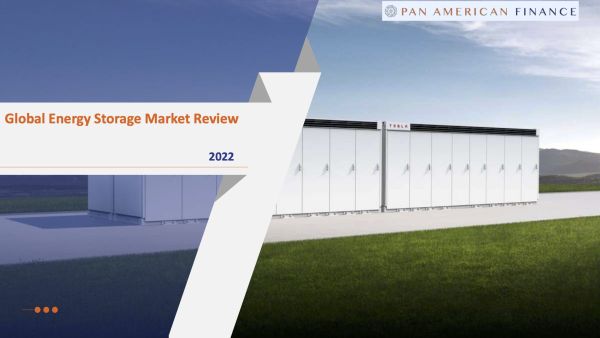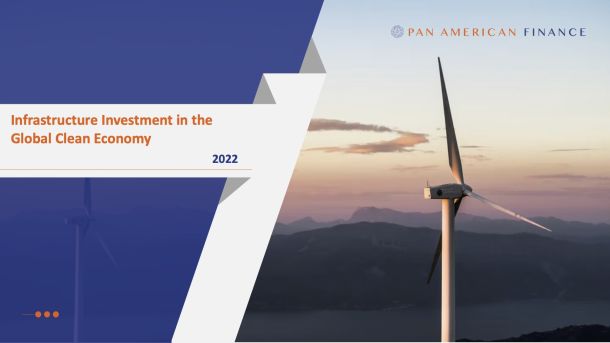PAF Global Energy Storage Market Review

About
The report provides an insight into the Global Energy Storage market. The findings of the report are based on research conducted by Pan American Finance (PAF) and its research partner Alchemy Research and Analytics. The report provides an overview of the Global Energy Storage industry with insights on prevailing market conditions encompassing recent trends and drivers, challenges, and outlook in major countries across Europe and Americas. The report starts with a high-level view on the dynamics of the industry, touching upon the regional variations and analysing the implications of the same. It then profiles the major markets country-wise, to provide a holistic view of the state of the industry in these countries, highlighting the growth opportunities, demand drivers and prevalent challenges. Macroeconomic data was sourced from the publications of multilateral institutions such as the International Monetary Fund (IMF). The industry-specific data is attributed to industry associations, Government authorities / statistical departments, Bloomberg New Energy Finance (BNEF) and International Energy Agency (IEA). This was supplemented by news reports, trade journals and related sources.
The report is an outcome of a collaboration between PAF and its research partner Alchemy Research and Analytics and was completed between May and August 2022.
We would like to thank the following executives for their contribution in preparing the report:
- L. Warren Pimm, CFA
Partner & Sr. Managing Director
Pan American Finance - Jeffrey Safford
Managing Director
Pan American Finance - Tapas Bhowmik
Senior Manager
Alchemy Research and Analytics - Souradeep Basu
Associate Manager
Alchemy Research and Analytics - Ankan Banerjee
Senior Analyst
Alchemy Research and Analytics - Maurya Mukherjee
Senior Analyst
Alchemy Research and Analytics
Executive Summary
Transition Towards Decentralized Grid Framework
Network operators are increasingly looking for flexible power system capabilities to support renewable energy’s estimated 90% share of total output by 2050. The relative techno-economic qualities and local grid restrictions will determine the optimal combination of flexible resources. Importantly, traditional grid management approaches rapidly give way to alternatives employing a decentralized grid structure. The new approach emphasizes energy storage resources. Energy storage resources, such as pumped hydropower and batteries, provide a competitive grid management alternative when paired with combined cycle gas turbine facilities or demand response.
Transition to Energy Storage is Subject to the Level of Policy / Regulatory Support
Lithium-ion has emerged as the leading technology choice in the installed battery storage capacity of 27GW by the end of 2021, owing to commercialization and economies of scale. Between 2018 and 2021, battery-based storage more than tripled. However, due to the market’s lagging regulatory stance, sustained growth in this segment is yet to be achieved. More than two-thirds of battery storage capacity comes from the utility- scale segment, which serves the power transmission industry. This is the most essential deployment position for battery storage as utilities and transmission operators negotiate the energy transition in their operations.
Batteries are Assuming Active Roles in the Grids
As networks handle significant differentials in peak and off-peak energy pricing (often reflecting an influx of intermittent energy), energy arbitrage is becoming the most common deployment for batteries. Overall, frequency management as part of grid ancillary services is the operator’s most preferred application for battery storage. Frequency regulation is fairly saturated in some developed markets, such as the United States and the United Kingdom. In emerging markets, evolving regulations could begin with this segment before moving on to others. All the same, the market outlook is that of a five-fold rise in battery storage capacity by 2030. Grid-scale units, especially those led by co-located battery storage with renewable generation, is the major growth driver. Lithium-Ion continues to be in market leadership position even as other technology options enter the fray in a gradual rollout.
Long Duration Energy Storage (“LDES”) Gaining Maximum Attention
With increasing complexity and imbalances on the horizon, long-duration energy storage (LDES) is receiving the most attention from operators and regulators alike. However, battery-powered LDES has yet to be proven in terms of technology maturity or economics. Investor focus has risen sharply on this part, as commercialization could make rapid dent in the global storage market and the power system at large. There are about 7-8 leading LDES battery technologies in contention for commercialization. This includes major technologies such as thermal storage (molten salt), compressed air, iron-air and sodium-ion where feasibility tests and demonstration projects are underway.


